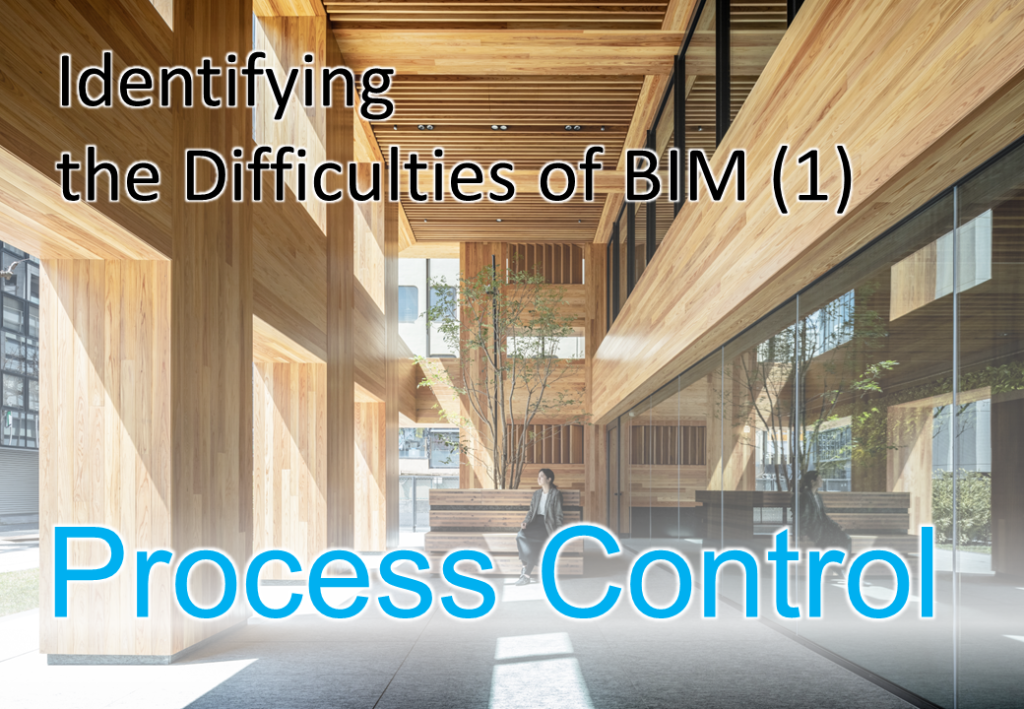- TOP
- BLOG
Identifying the Difficulties of BIM (1) – process control
For this time, we will dig out the nature of the difficulties of BIM in three perspectives: “process control,” “intention of use,” and “definition of information.” The first is about the “process control”.
“The technology of use (使う技術)” of BIM data is a main subject of media in these days. From robotics, on-site management to data base construction for ongoing maintenance of a project using cloud system, numerous applications are now possible. But what about the “the technique of make (つくる技術)” of the BIM data? Unfortunately, “the technique of make” is not as pleasing as “the technology of use”. The modeling rules or templates that are slowly and steadily accumulated, the modeling methodology, and the organizational operations can be said the main techniques of creating the BIM data. But, there is no certain solution in the preparation of the BIM data, and it is those individual organizations or companies in the closed environment in which they need to devise the techniques by themselves, resulting in hard to achieve social contribution.
The greater the objective of the BIM is means the greater the impact of BIM modelling it implies. It is essential to have skilled technicians for model making that requires much workloads, and managing such works requires much skilled managers, and by all, much sophisticated discipline in all aspects of modeling is to be followed. This process control of BIM modelling will eventually involves many other technical solutions.
However, very little amount of information about this is available. Since the process control and its project is confidential, there is almost no information shared among companies but each organization is conducting their own methodology.
It is necessary to assign new rules on those items that has never had the concept of data, and to emphasize the importance of sharing information between different fields at an earlier stage. Yet, it seems that there are some people who think it is too difficult to remove the past convention and even refuse to change from the existing way.
There is a huge obstacle in having a shortage of information when trying to achieve “the technique of make” of the BIM data, so-called the “process control”. Lack of information lets the companies in a naive environment where a repetitive failure will be inevitable to be able to reach the certain level of technology and settling down. Moreover, as the failure is not allowed in each project, BIM is rejected even before experiencing the failure. There is no chance to benefit the advantage of BIM but to fail to accumulate the expertise leaving them to fall behind, and this will probably continue to happen over again.
The first point of the difficulties of BIM is the absence of knowledge of process control.
For the next, we will explain about the “intention of use” as the second point of the difficulties of BIM. There are two different approaches to BIM application, one is viewing BIM as a tool, and the other one is BIM as an intention. We will investigate in the intention of BIM use in detail again.
